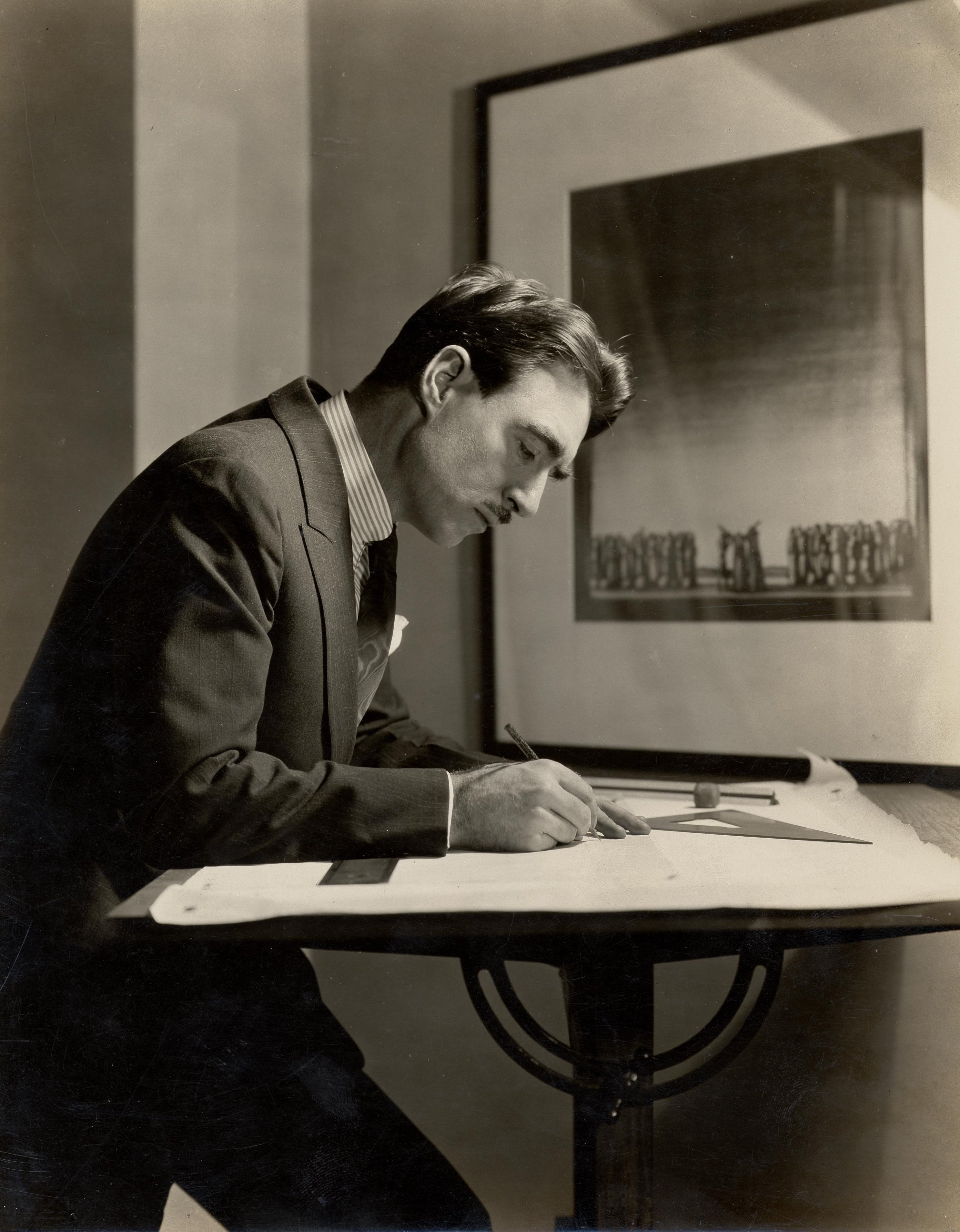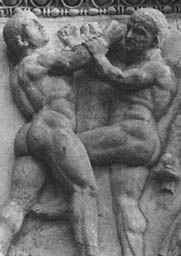|
Shōjo Kageki Revue Starlight
is a Japanese media franchise created in 2017 by Bushiroad, Nelke Planning and Kinema Citrus. It primarily consists of a series of musicals, debuting between September 22 and 24, 2017 at the AiiA 2.5 Theater Tokyo; a 12-episode anime television series directed by Tomohiro Furukawa which aired between July and September 2018; and two animated films, released on August 7, 2020, and June 4, 2021, which abridged and continued the story of the anime. It has received three manga adaptations, all of which began serialization in January 2018. A smartphone game titled ''Shōjo Kageki Revue Starlight: Re LIVE'', developed by Ateam, launched in October 2018. Six years after the game's launch, the game ended service for all servers in September 2024. Premise The ''Revue Starlight'' franchise includes stage musicals, a musical animated series, musical films, and a mobile game each telling original, interconnected stories about the training, personal lives, and growth of several groups ... [...More Info...] [...Related Items...] OR: [Wikipedia] [Google] [Baidu] |
Music
Music is the arrangement of sound to create some combination of Musical form, form, harmony, melody, rhythm, or otherwise Musical expression, expressive content. Music is generally agreed to be a cultural universal that is present in all human societies. Definitions of music vary widely in substance and approach. While scholars agree that music is defined by a small number of elements of music, specific elements, there is no consensus as to what these necessary elements are. Music is often characterized as a highly versatile medium for expressing human creativity. Diverse activities are involved in the creation of music, and are often divided into categories of musical composition, composition, musical improvisation, improvisation, and performance. Music may be performed using a wide variety of musical instruments, including the human voice. It can also be composed, sequenced, or otherwise produced to be indirectly played mechanically or electronically, such as via a music box ... [...More Info...] [...Related Items...] OR: [Wikipedia] [Google] [Baidu] |
Anime
is a Traditional animation, hand-drawn and computer animation, computer-generated animation originating from Japan. Outside Japan and in English, ''anime'' refers specifically to animation produced in Japan. However, , in Japan and in Japanese, describes all animated works, regardless of style or origin. Many works of animation with a Anime-influenced animation, similar style to Japanese animation are also produced outside Japan. Video games sometimes also feature themes and art styles that are sometimes labelled as anime. The earliest commercial Japanese animation dates to 1917. A characteristic art style emerged in the 1960s with the works of cartoonist Osamu Tezuka and spread in the following decades, developing a large domestic audience. Anime is distributed theatrically, through television broadcasts, Original video animation, directly to home media, and Original net animation, over the Internet. In addition to original works, anime are often adaptations of Japanese ... [...More Info...] [...Related Items...] OR: [Wikipedia] [Google] [Baidu] |
Choreography
Choreography is the art of designing sequences of movements of physical bodies (or their depictions) in which Motion (physics), motion or Visual appearance, form or both are specified. ''Choreography'' may also refer to the design itself. A choreographer creates choreographies through the art of choreography, a process known as choreographing. It most commonly refers to dance choreography. In dance, ''choreography'' may also refer to the design itself, sometimes expressed by means of dance notation. Dance choreography is sometimes called ''dance composition''. Aspects of dance choreography include the compositional use of organic unity, rhythmic or non-rhythmic articulation, theme and variation, and repetition. The choreographic process may employ improvisation to develop innovative movement ideas. Generally, choreography designs dances intended to be performed as concert dance. The art of choreography involves specifying human movement and form in terms of space, shape, time, a ... [...More Info...] [...Related Items...] OR: [Wikipedia] [Google] [Baidu] |
Spike (stagecraft)
In stagecraft, a spike is a marking, usually made with a piece of tape (although some theatres use paint pens), put on or around the Stage (theatre), stage. This marking is used to show the correct position for set pieces, furniture, actors and other items which move during the course of a performance and are required to stop or be placed in a specific location. Several companies make rolls of very thin gaffer tape, gaffer's or paper tape marketed as "spike tape" specifically for placing spikes. In a pinch, gaffer tape, gaffer, masking tape, masking or electrical tape can be used. When used to indicate locations under dark conditions, phosphorescent tape (sometimes referred to as "glow tape") is used for practical and safety reasons. Performer spikes are generally only used when positioning needs to be precise, either for safety or performance reasons, such as lighting Special (lighting), specials. Placement During a theatrical technical rehearsal one of the stage management ... [...More Info...] [...Related Items...] OR: [Wikipedia] [Google] [Baidu] |
Stagecraft
Stagecraft is a technical aspect of theatrical, film, and video production. It includes constructing and rigging scenery; hanging and focusing of lighting; design and procurement of costumes; make-up; stage management; audio engineering; and procurement of props. Stagecraft is distinct from the wider umbrella term of scenography. Considered a technical rather than an artistic field, it is primarily the practical implementation of a scenic designer's artistic vision. In its most basic form, stagecraft may be executed by a single person (often the stage manager of a smaller production) who arranges all scenery, costumes, lighting, and sound, and organizes the cast. Regional theaters and larger community theaters will generally have a technical director and a complement of designers, each of whom has a direct hand in their respective designs. Within significantly larger productions, for example a modern Broadway show, effectively bringing a show to opening night require ... [...More Info...] [...Related Items...] OR: [Wikipedia] [Google] [Baidu] |
Hand-to-hand Combat
Hand-to-hand combat is a physical confrontation between two or more persons at short range (grappling distance or within the physical reach of a handheld weapon) that does not involve the use of ranged weapons.Hunsicker, A., ''Advanced Skills in Executive Protection'', Boca Raton FL: Universal Publishers, , , p. 51 The phrase "hand-to-hand" sometimes includes use of melee weapons such as knives, swords, Club (weapon), clubs, spears, axes, or improvised weapons such as entrenching tools. While the term "hand-to-hand combat" originally referred principally to engagements by combatants on the battlefield, it can also refer to any personal physical engagement by two or more people, including law enforcement officers, civilians, and criminals. Combat within close quarters, to a range just beyond grappling distance, is commonly termed close combat or close-quarters combat. It may include lethal and non-lethal weapons and methods depending upon the restrictions imposed by civilian law, ... [...More Info...] [...Related Items...] OR: [Wikipedia] [Google] [Baidu] |
Number (music)
In music, number refers to an individual song, dance, or instrumental piece which is part of a larger work of musical theatre, opera, or oratorio. It can also refer either to an individual song in a published collection or an individual song or dance in a performance of several unrelated musical pieces as in concerts and revues. Both meanings of the term have been used in American English since the second half of the 19th century. Musical theatre and related genres In musical theatre, the lyrics of the individual song numbers are integrated with the narrative of the libretto (or "book"). As early as 1917, Jerome Kern wrote that "musical numbers should carry on the action of the play, and should be representative of the personalities of the characters who sing them." The lyricist Oscar Hammerstein, another proponent of this view, even refused to list the numbers in ''Rose-Marie'' because he thought it would detract from what he viewed as the close integration between the book and ... [...More Info...] [...Related Items...] OR: [Wikipedia] [Google] [Baidu] |
Stagehand
A stagehand is a person who works backstage or behind the scenes in theatres, film, television, or location performance. Their work includes setting up the scenery, lights, sound, props, rigging, and special effects for a production. General Stagehands are usually skilled in multiple disciplines, including rigging, carpentry, painting, stage electrics, stage lighting, audio, video/projection, and props. Stagehands are often responsible for operating the systems during shows or taping and also for the repair and maintenance of the equipment. Most stagehands have a general knowledge of all the phases of a production, but tend to develop specialties and focus on specific areas. Riggers are in charge of the things that hang. This may include building structures that are tens of stories high. They use safety gear similar to that used for mountain climbing. Carpenters construct and set up scenery. They may also move scenery on stage during a show. Electricians, or more commonly k ... [...More Info...] [...Related Items...] OR: [Wikipedia] [Google] [Baidu] |
Revue
A revue is a type of multi-act popular theatre, theatrical entertainment that combines music, dance, and sketch comedy, sketches. The revue has its roots in 19th century popular entertainment and melodrama but grew into a substantial cultural presence of its own during its golden years from 1916 to 1932. Though most famous for their visual spectacle, revues frequently satirized contemporary figures, news or literature. Similar to the related subforms of operetta and musical theatre, the revue art form brings together music, dance and sketches to create a compelling show. In contrast to these, however, revue does not have an overarching storyline. Rather, a general theme serves as the motto for a loosely related series of acts that alternate between solo performances and dance ensembles. Owing to high ticket prices, wikt:ribald, ribald publicity campaigns and the occasional use of wikt:prurient, prurient material, the revue was typically patronized by audience members who earned mo ... [...More Info...] [...Related Items...] OR: [Wikipedia] [Google] [Baidu] |
Staging (theatre, Film, Television)
Staging is the process of selecting, designing, adapting to, or modifying the performance space for a play or film. This includes the use or absence of stagecraft elements as well as the structure of the stage and its components. Staging is also used to mean the result of this process, in other words the spectacle that a play presents in performance, its visual detail. This can include such things as positions of actors on stage (often referred to as blocking), their gestures and movements (also called stage business), the scenic background, the props and costumes, lighting, and sound effects. Besides costume, any physical object that appears in a play has the potential to become an important dramatic symbol. The first thing that the audience of a play sees is the stage set, the physical objects that suggest the world of the play. The stage set is usually indicated by the playwright, but the degree of detail and specificity of this rendering vary from one playwright to another ... [...More Info...] [...Related Items...] OR: [Wikipedia] [Google] [Baidu] |
Theatre In The Round
Theatre-in-the-round, also known as arena theatre or central staging, is a theatrical stage configuration in which the audience surrounds the performance area on all sides. Historically rooted in ancient Greece and Rome performance practices, the format was reintroduced and popularized in the mid-20th century through pioneering venues like the Glenn Hughes Penthouse Theatre in Seattle, Washington. It opened on May 19, 1940, with a production of ''Spring Dance'', a comedy by playwright Philip Barry. The 160-seat theatre is located on the campus of the University of Washington and is listed on the National Register of Historic Places. In 1947, Margo Jones founded America's first professional theatre-in-the-round company wit the opening of Theater '47 in Dallas. Her stage design approach was later adopted by directors for productions such as '' Fun Home'', the original stage production of '' Man of La Mancha,'' and all plays staged at the ANTA Washington Square Theatre (which ... [...More Info...] [...Related Items...] OR: [Wikipedia] [Google] [Baidu] |
Musical Film
Musical film is a film genre in which songs by the Character (arts), characters are interwoven into the narrative, sometimes accompanied by dancing. The songs usually advance the plot or develop the film's characters, but in some cases, they serve merely as breaks in the storyline, often as elaborate "production numbers". The musical film was a natural development of the musical theater, stage musical after the emergence of sound film technology. Typically, the biggest difference between film and stage musicals is the use of lavish background scenery and locations that would be impractical in a theater. Musical films characteristically contain elements reminiscent of theater; performers often treat their song and dance numbers as if a live audience were watching. In a sense, the viewer becomes the diegesis, diegetic audience, as the performer looks directly into the camera and performs to it. With the Sound film, advent of sound in the late 1920s, musicals gained popularity with ... [...More Info...] [...Related Items...] OR: [Wikipedia] [Google] [Baidu] |









